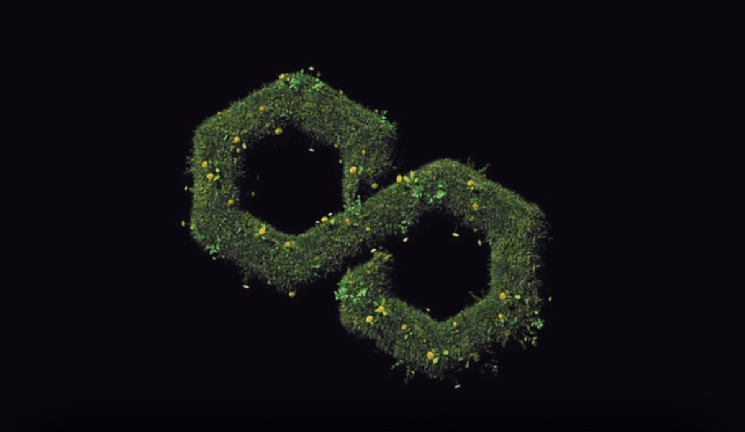- Polygon’s integration of ERC-7683 across PoS, zkEVM, and AggLayer simplifies cross-chain asset transfers and boosts interoperability.
- The AggLayer enhances liquidity by allowing seamless asset movement between blockchains without using external bridges or wrapped tokens.
In a tweet, Polygon announced they have integrated ERC-7683 across its core platforms—Polygon PoS, zkEVM, and the AggLayer. This evolution is meant to improve the user experience for developers and end users by simplifying asset transfer and so strengthening the interactions among several chains.
By removing the need for bridges and wrapped assets, Polygon hopes to simplify cross-chain transactions with ERC-7683, hence ensuring more effective and safe asset transfers.
Polygon PoS, Polygon zkEVM, and the AggLayer now support ERC-7683, bringing enhanced interoperability and UX to Ethereum's multichain world.
Get ready for faster transactions & deeper liquidity across L2s 🌩️ https://t.co/TZnGg53v8R pic.twitter.com/JCERKtG6Hc
— Polygon | Aggregated (@0xPolygon) October 24, 2024
Polygon: AggLayer Revolutionizes Cross-Chain Transactions and Liquidity
Especially the AggLayer is a noteworthy invention. It combines liquidity across blockchains and offers a consistent interface that replaces the need for consumers to deal with scattered ecosystems. Assets in this system can migrate between chains, therefore lowering security concerns and expenses.
One-click cross-chain transactions made possible by the AggLayer also let users quickly execute swaps free from third-party solutions. This not only maximizes liquidity but also gives developers fresh chances to create more linked decentralized apps (dApps).
Furthermore, the zkEVM running this infrastructure guarantees Ethereum-level security while keeping reduced transaction fees and more throughput.
Beyond DeFi, the advantages of this improved interoperability abound. For instance, Polygon’s ideas will be much appreciated by the gaming sector, which sometimes suffers with scattered ecosystems.
These days, developers may produce compatible game assets and reputation systems that flow naturally across several blockchains, giving consumers a more flexible and consistent gaming environment.
With a more user-friendly interface for users interacting across several chains, this degree of interoperability represents a major breakthrough for blockchain gaming and other distributed apps.
Previously, CNF reported that Stripe would be using Polygon PoS to activate stablecoin payments for more than 150 countries, therefore underlining the network’s increasing importance in worldwide payments.
Meanwhile, the network native token, MATIC, is swapped hands for about $0.3268 as of the time of writing, reflecting a 6.31% drop over the last 24 hours in line with a fall in the major crypto market.
